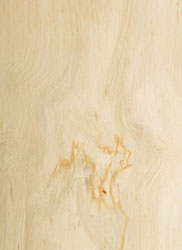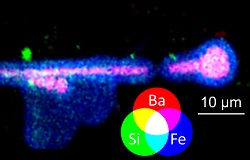Improved analysis of poplar wood
Poplar wood is a suitable raw material for pulp and paper. This is because poplar fibres have suitable dimensions to form a smooth paper surface with good optical properties. However it also contains vessels that can cause problems at printing. Research in wood and fibres has been limited due to a lack of efficient measurement methods. The POPWOOD project has offered innovative information for exploitation regarding engineering fibres and wood properties in poplar. The aim was to improve the understanding of genetic and molecular mechanisms controlling vascular development and wood formation. In addition, analysis of juvenile poplar fibres and wood properties was conducted and compared with natural wood characteristics. Thus trees that are only a few years old can be used as raw material for pulp production, resulting in economic opportunities for rapid exploitation of transgenic traits. One of the ways this was established was through the investigation of age-to-age relationships. This is possible by measuring property differences between individual growth rings. A new procedure was developed which allows the study of sub-samples representing individual growth rings. In order to analyse the vessel elements in the pulp, it is diluted and images are recorded from its different object s such as fibres, vessel elements and fines. Finally it was decided that the new method for measuring pulp is most suitable for use when there are vast amounts of poplar samples for analysis. A great interest has been evidenced on behalf of industry and research. The methods were applied in other research projects and contract work on aspen and eucalyptus as well.







